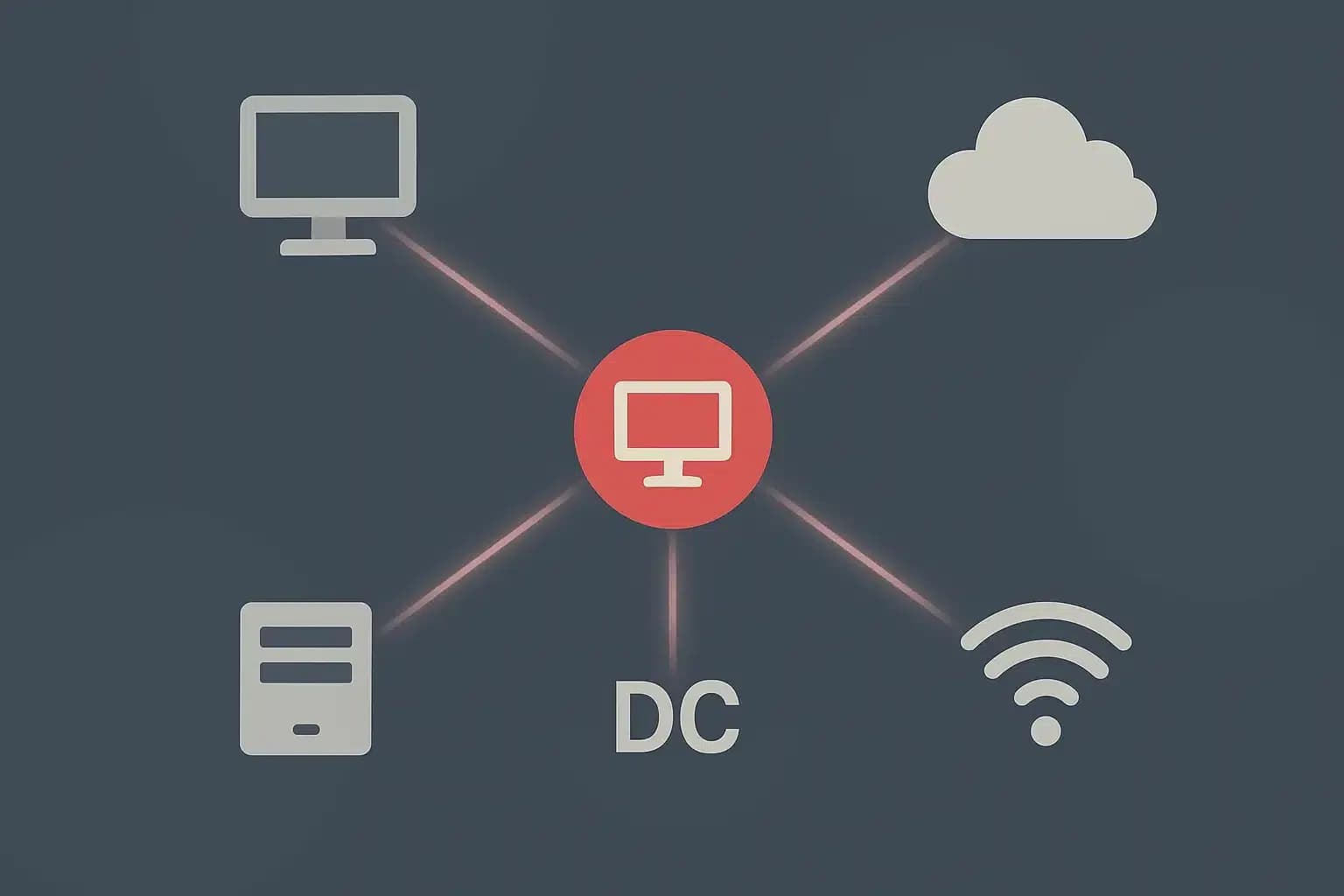Red Teaming: A Deep Dive Into the Cybersecurity Practice of Simulated Attacks
Red Teaming: A Deep Dive Into the Cybersecurity Practice of Simulated Attacks
As cybersecurity threats continue to evolve in complexity and frequency, traditional defensive strategies often fall short. In many organizations, compliance checklists and routine vulnerability scans are no longer sufficient to prevent serious breaches. Instead, there is a growing emphasis on proactively identifying security gaps through real-world simulation. One of the most advanced techniques for doing this is known as Red Teaming.
Red Teaming involves a group of skilled security professionals, known as the Red Team, emulating the tactics, techniques, and procedures (TTPs) of real-world attackers to test an organization’s defenses. Unlike conventional penetration testing, Red Teaming focuses not just on identifying vulnerabilities but also on assessing detection and response capabilities. This article delves into what Red Teaming is, its benefits, why it’s important, key features of a successful program, and how it works in practice.

What Is Red Teaming?
Red Teaming is a full-scope, adversary emulation exercise designed to test the effectiveness of an organization’s people, processes, and technology in detecting and responding to sophisticated cyber threats. The concept stems from military strategies where a “Red Team” assumes the role of an enemy to identify weaknesses in a plan or system. In cybersecurity, it has evolved into a powerful method for validating defense readiness under real-world conditions.
In a Red Team engagement, security professionals simulate an advanced persistent threat (APT) attack using the same tools and strategies used by nation-state actors or organized cybercriminal groups. These exercises can include phishing, social engineering, lateral movement within networks, privilege escalation, data exfiltration, and more. The ultimate goal is not just to penetrate systems, but to do so covertly, mimicking how a real attacker would bypass detection.
This simulation often plays out over several weeks or months and is typically coordinated without the knowledge of the broader security or IT teams, in order to test their real-time detection and response capabilities. The findings are then analyzed and shared with a separate internal or external “Blue Team,” which represents the defenders.

Benefits of Red Teaming
Uncovering Hidden Weaknesses
One of the primary benefits of Red Teaming is its ability to uncover vulnerabilities that traditional testing methods miss. Routine scans and compliance audits often focus on known vulnerabilities, configurations, or missing patches. However, attackers rarely limit themselves to these vectors. Red Teams use asymmetric tactics, leveraging zero-days, phishing schemes, misconfigurations, weak processes, and human error to gain access. This level of adversarial creativity reveals critical gaps that organizations didn’t know existed.
Testing Detection and Response, Not Just Prevention
Another unique value of Red Teaming is its emphasis on monitoring how well an organization detects and reacts to active threats. It is not just about breaching the perimeter but observing whether alerts are triggered, incident response is engaged, and remediation is timely. This approach shines a light on deficiencies in Security Operations Center (SOC) capabilities, log monitoring, alert fatigue, and communication gaps within incident response procedures.
Strengthening Team Coordination
Red Team exercises often lead to stronger collaboration between IT, security, and executive teams. During the post-assessment review, also called a “purple team” debrief, both attackers (Red Team) and defenders (Blue Team) analyze what worked and what didn’t. This cooperative feedback process enhances organizational knowledge, closes skill gaps, and improves decision-making during real attacks.
Validating Security Investments
Organizations spend heavily on tools, firewalls, antivirus software, endpoint protection platforms, SIEMs, but often lack insight into whether these investments actually work under pressure. Red Teaming puts these technologies and their configurations to the test, allowing leadership to assess ROI and identify where future spending should be directed. This is particularly important in large enterprises where redundant or misconfigured tools can be silently undermining security.
Building a Culture of Continuous Improvement
Finally, Red Teaming encourages a proactive, resilience-focused security culture. It pushes teams beyond checkbox compliance toward understanding attack behaviors, improving threat modeling, and constantly tuning detection rules and response playbooks. This mindset is critical in adapting to an ever-changing threat landscape.

Why Red Teaming Is Important?

Key Features of a Red Teaming Program

How Red Teaming Work?

Red Teaming vs Penetration Testing
A common misconception is that Red Teaming and penetration testing are the same. While they share some techniques, their goals, scope, and methodology differ substantially.
Conclusion
We're Here to Secure Your
Hard Work
Protect your system from cyber attacks by utilizing our comprehensive range of services. Safeguard your data and network infrastructure with our advanced security measures, tailored to meet your specific needs. With our expertise and cutting-edge technology, you can rest assured that your system is fortified against any potential threats. Don't leave your security to chance – trust our proven solutions to keep your system safe and secure.
Share this :